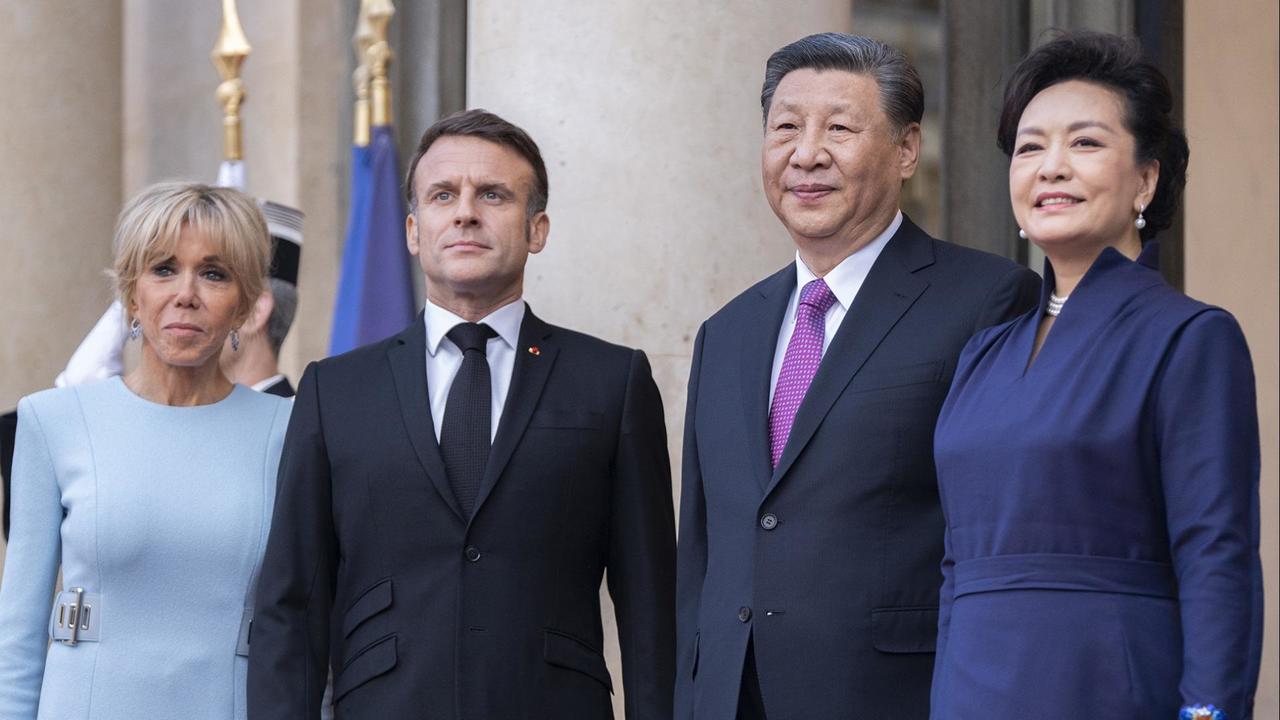Chinese President Xi Jinping's recent diplomatic tour of Europe, his first in five years, underscores China's evolving strategy to balance its complex relationship with the United States while strengthening ties with key European nations. This visit highlights significant geopolitical maneuvers that have profound implications not just for Europe, but for Central Asia as well. As China deepens its engagement with Europe, Central Asian countries find themselves navigating an increasingly intricate web of international relations.

Strategic Engagement with Key European Players
Xi's visit aimed to bolster relationships with three pivotal European partners: France, Hungary, and Serbia. Each of these countries represents a strategic pillar in China's broader foreign policy objectives in Europe. This visit demonstrates that China intends to further develop mutually beneficial cooperation with Europe.
France as an Alternative to the US: China's engagement with France highlights its strategy to cultivate partnerships with European powers capable of acting independently of U.S. influence. France's stance on global issues such as the Israeli-Palestinian conflict, as demonstrated in a joint statement opposing Israeli actions in Rafah, aligns with China's vision of a multipolar world where no single country dominates. By strengthening ties with France, China aims to foster a European counterbalance to U.S. hegemony, promoting a geopolitical environment conducive to its interests.
Hungary as a Mediator in the EU: Hungary's unique position within the EU, characterized by a more open stance towards Eastern partners, makes it a crucial intermediary for China. The high-level strategic partnership between China and Hungary, underscored by significant economic and infrastructural cooperation, exemplifies China's approach to integrating its Belt and Road Initiative (BRI) with European markets. This relationship not only facilitates China's entry into the EU but also positions Hungary as a bridge between East and West, reflecting China's nuanced diplomatic efforts.
Serbia as a Gateway to Europe: Serbia's role in China's strategy is pivotal due to its status as a non-EU country with aspirations of EU membership. China's investments in Serbian infrastructure, particularly through the BRI, illustrate a strategic effort to enhance connectivity and economic integration in Central and Eastern Europe. By deepening ties with Serbia, China gains a strategic foothold in Europe, potentially influencing the region's alignment with broader Eurasian dynamics.
Impact on Central Asia's Foreign Policy
Xi Jinping's European tour points to new opportunities for Central Asian countries to pursue a multi-vector foreign policy, expanding cooperation with both China and the European Union (EU). As China and Europe seek to align their interests, Central Asia stands to benefit from a collaborative rather than competitive dynamic between these two powers.
Combining the Belt and Road Initiative with the EU's Global Gateway
Central Asian countries can leverage the convergence of China's Belt and Road Initiative (BRI) and the EU's Global Gateway strategy to enhance their roles as critical transit hubs. By attracting substantial investments in infrastructure, Central Asia can improve its transport connectivity, boost economic growth, and create jobs. Both China and the EU have vested interests in maintaining stability and security in Central Asia, given its strategic importance as a land bridge between Europe and Asia.
Reducing Geostrategic Rivalry
The current dynamics of Sino-European relations suggest a trend towards reducing dependence on any single global power. This multipolar approach aligns with Central Asia's strategic interests, allowing countries like Kazakhstan and Uzbekistan to diversify their economic partnerships and reduce reliance on one nation. However, the ongoing geostrategic rivalry between the U.S. and China, especially in technology and critical resources, poses challenges that require careful management to avoid becoming a battleground for influence.
U.S. Involvement and Strategic Considerations
The United States' approach to Central Asia, exemplified by initiatives like the Economic Resilience Initiative for Central Asia (ERICEN), aims to support energy security, critical minerals, and environmental projects. However, the U.S. reluctance to invest in Central Asia's transport infrastructure suggests a strategy to limit China's influence in the region. Central Asian countries must navigate these dynamics carefully, focusing on opportunities that align with both U.S. and Chinese interests without becoming overly dependent on either.
EU's Investment in Central Asia
The European Union's commitment to developing transport connectivity with Central Asia, as evidenced by the €10 billion investment announced at the Investor Forum on Transport Connectivity, highlights the EU's interest in integrating Central Asia into its economic sphere. These investments, supported by the European Investment Bank and the European Bank for Reconstruction and Development, aim to enhance infrastructure and economic growth in the region, complementing China's BRI efforts.
Prospects for Sino-European Cooperation in Central Asia
Enhanced cooperation between the EU and China in Central Asia can lead to joint projects in infrastructure, energy, and digital connectivity. The EU's focus on sustainable development and a green economy aligns with China's emphasis on green Belt and Road projects. This synergy can create a stable and prosperous Central Asia, benefiting both Chinese and European interests while providing significant opportunities for local economies.
Conclusion
The dynamics of Sino-European relations significantly impact Central Asia's foreign policy, presenting both opportunities and challenges. The convergence of the BRI and the Global Gateway Initiative offers Central Asian countries a chance to solidify their roles as key transit hubs, attract infrastructure investment, and boost economic growth. By focusing on the coinciding interests of China and the EU, Central Asian countries can promote joint projects that emphasize cooperation over competition. Active participation in different dialogue formats both with China and the European Union, and agreements positions these countries as critical players in regional stability and development, ensuring their strategic importance in the evolving Eurasian economic corridor.
Written by: Eldaniz Gusseinov
Eldaniz Gusseinov, is a Non-Resident Research Fellow at Haydar Aliyev Center for Eurasian Studies of the Ibn Haldun University, Istanbul.
Comments (0)